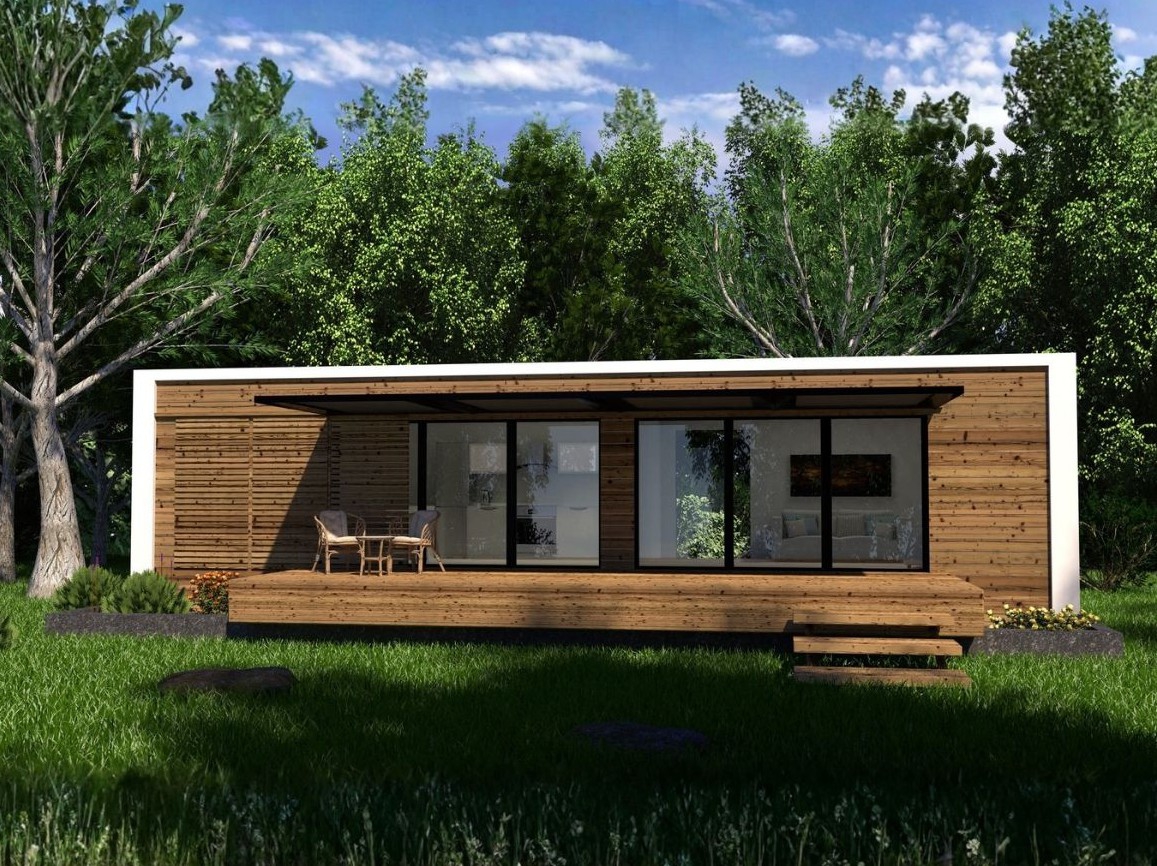
An accessory dwelling unit (ADU) or secondary dwelling unit (SDU) constitutes a new approach to an old housing idea. It consists of a secondary home for a parent or tenant on the same lot as the main residence.
While not a widespread type of project in Québec right now, it could grow in popularity over the coming years. This idea might appeal to you if you own a lot large enough to accommodate two buildings.
What Does the Term ADU Cover?
The concept of an accessory dwelling unit is fairly relative. It includes a residential building constructed on the same lot as the main house. The secondary dwelling can be detached or attached. To meet the definition of an ADU, the structure must be habitable with mandatory kitchen, full bathroom, necessary plumbing, electricity, and insulation. So, anything like a garage, storage building, shed, or pool house doesn’t count.
Why Are They So Popular?
Social acceptance of tiny homes is growing, making them the ideal ADU. Municipalities are amending their zoning bylaws to permit this type of housing on residential lots and even in certain alleys. The tiny home trend has emerged as a strategy to increase urban density and as a response to steep mortgage rates and soaring real estate prices. Larger households see it as a way of living together more independently, while some homeowners are taking advantage of this opportunity to generate extra income through short- or long-term rental.
The Pros and Cons
While they are in fact two separate dwellings, the main residence and the ADU both belong to the same owner. If sold, they must be purchased as a single property. This comes with advantages and drawbacks.
The upsides: On the one hand, ADUs extend the amount of living space, boost market value, help keep families together, and offer potential returns as rental properties.
The downsides: On the other hand, construction represents a significant investment, municipal taxes will increase following the addition, and the reduction of backyard space may put some people off.
Why Build an ADU?
1. A Separate Home for a Family Member
Whether it’s for an aging parent experiencing a loss of independence or a young adult child struggling to purchase a place of their own, an ADU is an interesting option for those needing safe housing that also preserves the occupants’ privacy.
2. A Rental Property
An ADU can generate substantial income, be it through short-term or long-term rental. The homeowner can use the additional revenue to offset a rise in mortgage payments or to cover other monthly expenses.
3. A Guest House
An ADU is a nice alternative to a guest bedroom when hosting visiting family or friends for a few days or longer. It offers greater privacy and comfort, allowing everyone to feel more at ease.
4. A Home Office
Generally, an ADU is meant to serve as a permanent dwelling. However, during periods when the unit remains unoccupied, it may be used as a home office separate from the main residence. Indeed, considering the rise in telework since the pandemic, more and more homeowners are adopting this very practical solution.
So, has this made you consider the idea of adding an accessory dwelling unit on your property? Before embarking on such a project, contact your municipality to confirm that no bylaw prohibits this kind of structure. You will also probably have to provide architectural plans and specify the building’s intended use. Be prepared!